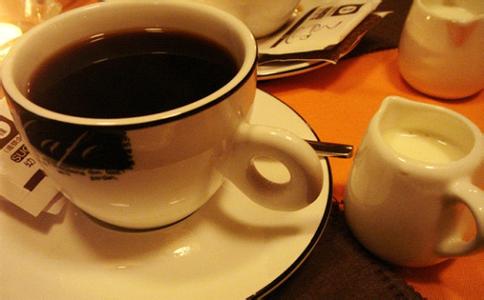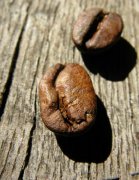What is a pump? Pump

Pump English translation: pump
Help Pu popular name pump, its translation "pump". Pumps are often used to increase or decrease the pressure of a fluid or gas, and changes in pressure can be used to do work. Like a bicycle pump, when the piston in the cylinder moves up and down, the air in the cylinder will be pressed into the tire. This combination of cylinders and pistons can be used in gasoline-powered devices.
A pump is a device that uses mechanical rotary or reciprocating motion to transport or absorb liquids. According to the structure and the way of applying pressure to the liquid, it can be divided into three types:
(1) reciprocating
The principle is the same as using a straw to drink soda, the suction pipe is deep into the liquid, lift the piston, reduce the atmospheric pressure, and the atmospheric pressure on the liquid surface around the pipe presses the liquid into the pipe.
Reciprocating pumps have low speed and small capacity, and the liquid can be lifted very high, so they are suitable for pumping clean liquids, such as old-fashioned pumps.
(2) Rotary type
In the same principle as a reciprocating pump, replace the piston with a motor-driven gear, blade, or screw. Mainly in the liquid pressure, the shaft driven by motor, high speed, mostly used in viscous liquids, such as oil.
(3) centrifugal type
There is an impeller inside. When the pump rotates, the liquid in the impeller will flow out of the outlet by rotating centrifugal force. It doesn't matter whether the liquid is clean or not. Commonly used in agricultural irrigation, because the irrigation water contains sediment, so they all use centrifugal pumps.
Important Notice :
前街咖啡 FrontStreet Coffee has moved to new addredd:
FrontStreet Coffee Address: 315,Donghua East Road,GuangZhou
Tel:020 38364473
- Prev

The significance of testing cupping boutique coffee cups
The significance of cup test is to evaluate and compare several different kinds of coffee at the same level. Because the differences between coffees are very subtle, observe the characteristics of these coffees (flavor, mellow, freshness.) It is easily affected by different coffee extraction methods (utensils). Because of the elimination of these variables, carefully prepared cup tests can taste the most basic inherent characteristics of coffee.
- Next

Coffee common sense 10 little secrets about taste
[the translator is wrong] have you ever studied taste distribution map? Sweet taste buds at the tip of the tongue; bitter taste buds at the root of the tongue; sour taste buds on both sides? In fact, this is completely wrong. The root of the misinformation lies in the fact that when someone translated the German research report into English, the translator himself misunderstood it. The truth is: you can taste everything in every part of the tongue, although the sensitivity may be different. [regulation.
Related
- Beginners will see the "Coffee pull flower" guide!
- What is the difference between ice blog purified milk and ordinary milk coffee?
- Why is the Philippines the largest producer of crops in Liberia?
- For coffee extraction, should the fine powder be retained?
- How does extracted espresso fill pressed powder? How much strength does it take to press the powder?
- How to make jasmine cold extract coffee? Is the jasmine + latte good?
- Will this little toy really make the coffee taste better? How does Lily Drip affect coffee extraction?
- Will the action of slapping the filter cup also affect coffee extraction?
- What's the difference between powder-to-water ratio and powder-to-liquid ratio?
- What is the Ethiopian local species? What does it have to do with Heirloom native species?

